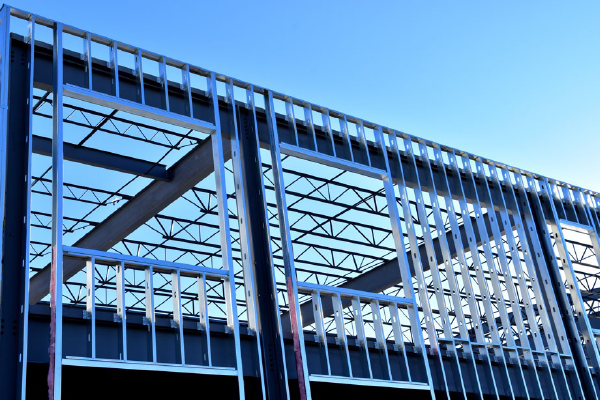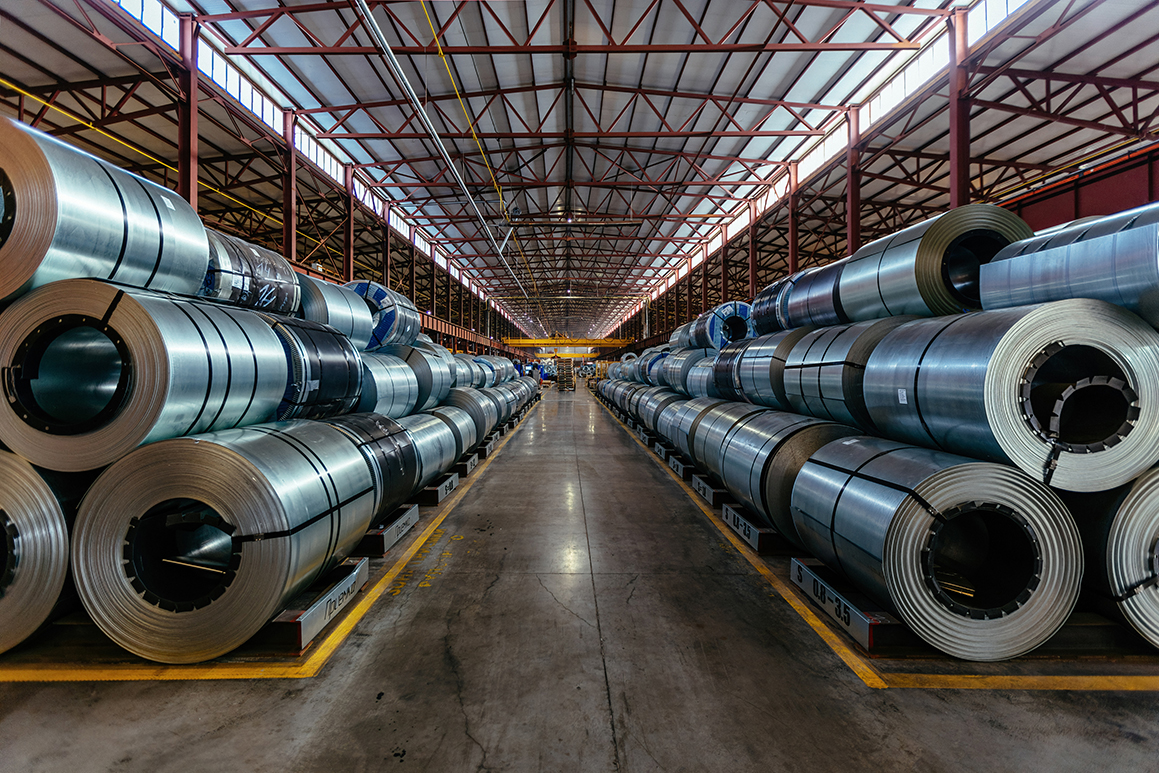If you’re a building owner with an upcoming project, how would you like to reduce construction costs while increasing work quality and output?
One way is through material selection. Cold-formed steel (CFS) framing has a proven track record of providing cost-effective and sustainable benefits. Cold-formed steel framing was chosen for an office renovation at a Chart Industries, Inc. manufacturing plant in La Crosse, Wisconsin. It was selected because of the cost benefits and flexibility to integrate with other systems. Compared to masonry wall construction, cold-formed steel saved about $2.50 per square foot on exterior walls.


